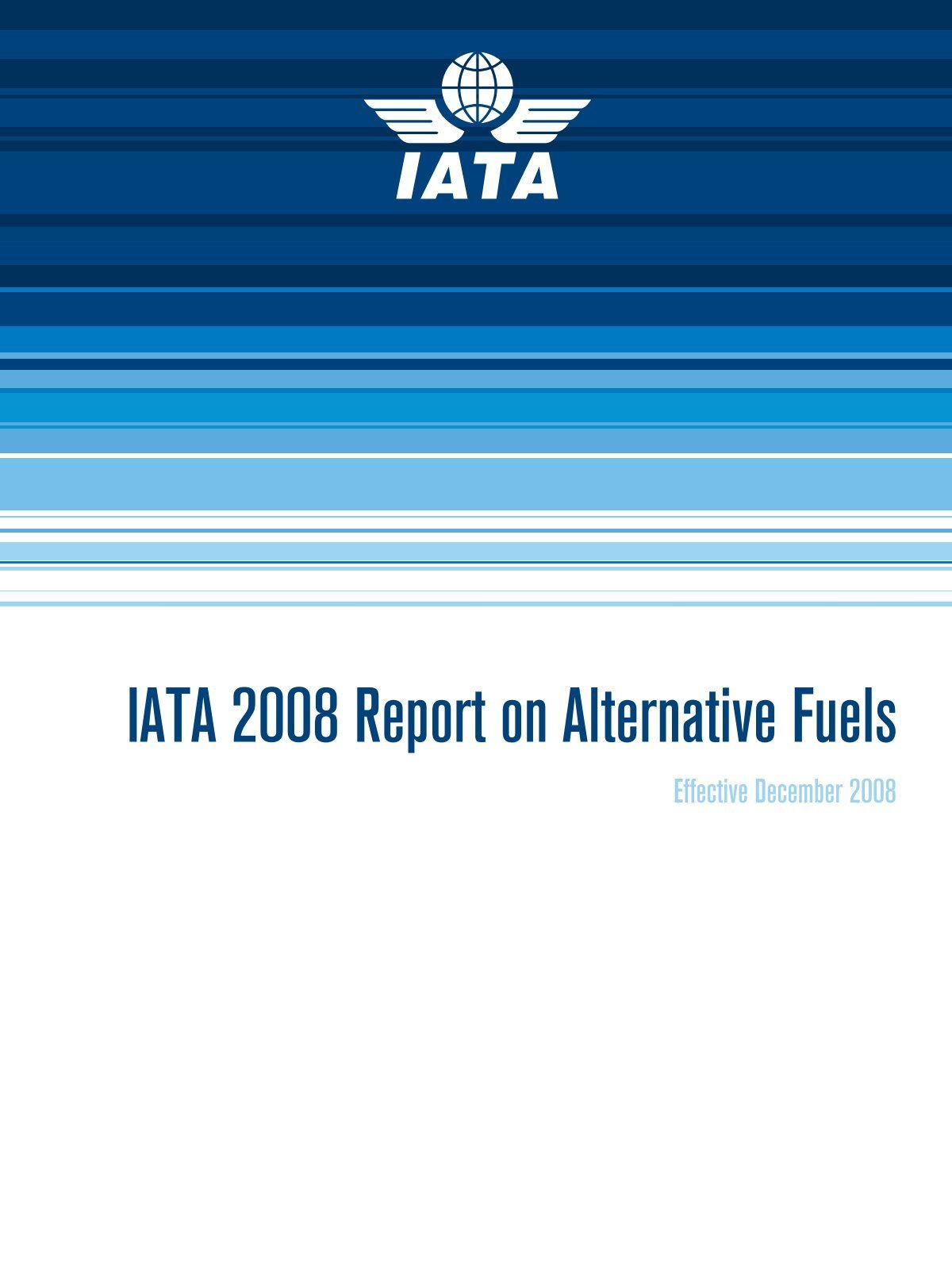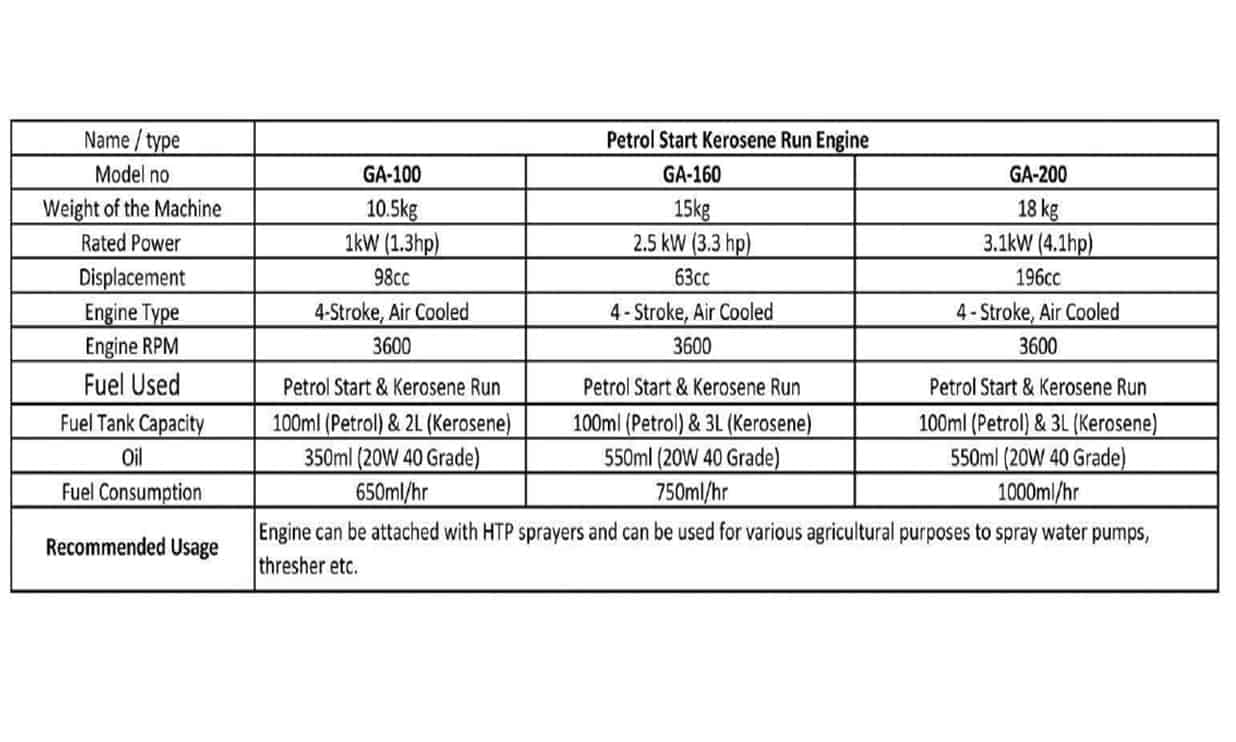Let’s dive in! What is Kerosene? Kerosene is a low-viscosity, combustible clear liquid that is derived from petroleum. It has a flash point between 100 and 150° F and, importantly, freezes (turns to gel) at around -40° F. Because heating oil gels at around 16° F, kerosene can be stored in significantly colder air without the risk of it gelling.
26,400+ Kerosene Stock Photos, Pictures & Royalty-Free Images – iStock | Kerosene lamp, Kerosene heater, Kerosene container
Kerosene Background. Kerosene is an oil distillate commonly used as a fuel or solvent. It is a thin, clear liquid consisting of a mixture of hydrocarbons that boil between 302°F and 527°F (150°C and 275°C). While kerosene can be extracted from coal, oil shale, and wood, it is primarily derived from refined petroleum. Before electric lights

Source Image: yumpu.com
Download Image
The heat of combustion of kerosene is similar to that of diesel fuel; its lower heating value is 43.1 MJ / kg (around 18,500 Btu / lb ), and its higher heating value is 46.2 MJ/kg (19,900 Btu/lb). [15]

Source Image: sciencedirect.com
Download Image
Hydrogen Will Not Be The Aviation Fuel Of The Future | by Michael Barnard | The Future is Electric | Medium Kerosene is a flammable liquid mixture of chemicals that are produced in the distillation of crude oil.To produce kerosene, crude oil is distilled in a distillation tower in a process similar to that used to produce diesel and gasoline. It is a medium weight distillate in the refining process, and can be produced by distilling crude oil (here it is known as straight run kerosene) or by
Source Image: quora.com
Download Image
Kerosene Is To Fuel As Wheat Is To
Kerosene is a flammable liquid mixture of chemicals that are produced in the distillation of crude oil.To produce kerosene, crude oil is distilled in a distillation tower in a process similar to that used to produce diesel and gasoline. It is a medium weight distillate in the refining process, and can be produced by distilling crude oil (here it is known as straight run kerosene) or by Kerosene fuel is known to contain low levels of sulfur, usually <0.10%, or <0.04% for 1-K grade. These levels of sulfur would be expected to generate low indoor SO 2 emission rates and would not be likely to exceed WHO guideline concentrations. Higher kerosene sulfur content is possible in developing-country settings, however, and fuel mixing
What is gun powder made of, and what’s the chemistry of its ignition? – Quora
Aug 21, 2023Like heating oil, kerosene has a pungent odor to it. It is normally either colorless or has a pale yellow coloring. It also typically tends to burn more efficiently and cleaner compared to heating oil. However, because of this it must be used in a heating oil system specifically designed for Kerosene. Various Types of Sowing Methods

Source Image: kisankraft.com
Download Image
Five ways the tractor changed American farming | Smithsonian Institution Aug 21, 2023Like heating oil, kerosene has a pungent odor to it. It is normally either colorless or has a pale yellow coloring. It also typically tends to burn more efficiently and cleaner compared to heating oil. However, because of this it must be used in a heating oil system specifically designed for Kerosene.

Source Image: si.edu
Download Image
26,400+ Kerosene Stock Photos, Pictures & Royalty-Free Images – iStock | Kerosene lamp, Kerosene heater, Kerosene container Let’s dive in! What is Kerosene? Kerosene is a low-viscosity, combustible clear liquid that is derived from petroleum. It has a flash point between 100 and 150° F and, importantly, freezes (turns to gel) at around -40° F. Because heating oil gels at around 16° F, kerosene can be stored in significantly colder air without the risk of it gelling.

Source Image: istockphoto.com
Download Image
Hydrogen Will Not Be The Aviation Fuel Of The Future | by Michael Barnard | The Future is Electric | Medium The heat of combustion of kerosene is similar to that of diesel fuel; its lower heating value is 43.1 MJ / kg (around 18,500 Btu / lb ), and its higher heating value is 46.2 MJ/kg (19,900 Btu/lb). [15]
Source Image: medium.com
Download Image
Biofuel Production in India Kerosene fuel is a petroleum product that is produced by separating the compounds which make up crude oil. This process is known as ‘fractional distillation’ and leaves a clear and thin oil which is roughly 0.81 g/cm³ (gram per cubic centimetre) in density. The actual density of kerosene is 0.82 g/cm³ and 0.8 g/cm³ for paraffin.

Source Image: vajiramandravi.com
Download Image
Agriculture engine petrol start kerosene run efficiency engine Kerosene is a flammable liquid mixture of chemicals that are produced in the distillation of crude oil.To produce kerosene, crude oil is distilled in a distillation tower in a process similar to that used to produce diesel and gasoline. It is a medium weight distillate in the refining process, and can be produced by distilling crude oil (here it is known as straight run kerosene) or by

Source Image: novo3ds.in
Download Image
Are Biofuels Finally Coming of Age? Kerosene fuel is known to contain low levels of sulfur, usually <0.10%, or <0.04% for 1-K grade. These levels of sulfur would be expected to generate low indoor SO 2 emission rates and would not be likely to exceed WHO guideline concentrations. Higher kerosene sulfur content is possible in developing-country settings, however, and fuel mixing

Source Image: earth5r.org
Download Image
Five ways the tractor changed American farming | Smithsonian Institution
Are Biofuels Finally Coming of Age? Kerosene Background. Kerosene is an oil distillate commonly used as a fuel or solvent. It is a thin, clear liquid consisting of a mixture of hydrocarbons that boil between 302°F and 527°F (150°C and 275°C). While kerosene can be extracted from coal, oil shale, and wood, it is primarily derived from refined petroleum. Before electric lights
Hydrogen Will Not Be The Aviation Fuel Of The Future | by Michael Barnard | The Future is Electric | Medium Agriculture engine petrol start kerosene run efficiency engine Kerosene fuel is a petroleum product that is produced by separating the compounds which make up crude oil. This process is known as ‘fractional distillation’ and leaves a clear and thin oil which is roughly 0.81 g/cm³ (gram per cubic centimetre) in density. The actual density of kerosene is 0.82 g/cm³ and 0.8 g/cm³ for paraffin.